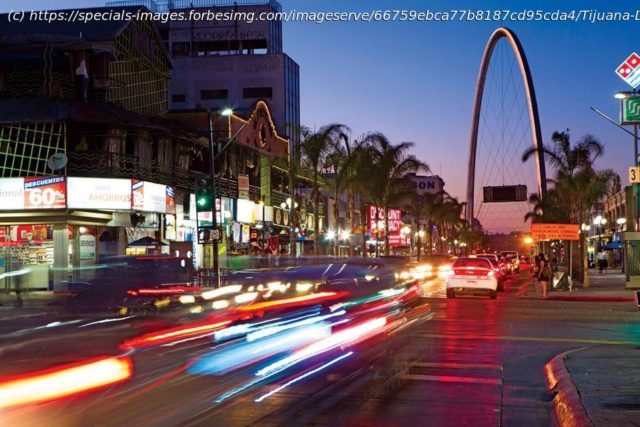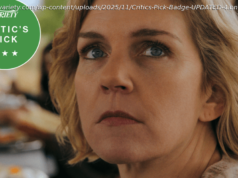Every two years, the World Design Organization, a global nongovernmental organization with a mission to “design a better world,” designates a World Design Capital.
It’s time to see for yourself. America’s southern border. See if all the media and political hysteria is accurate.
Flying into San Diego provides the easiest way for most people around the U.S. to do so. Downtown sits 20 miles from Mexico and that country’s second largest city: Tijuana.
The pair want you to come–San Diego and Tijuana–to see how they work with, and around, the border. How they work together literally and figuratively.
How, in many ways, they are one city, not two.
“Our cities are inextricably linked, both economically and culturally,” Jonathon Glus, Executive Director of San Diego Commission for Arts and Culture, told Forbes.com. “We acknowledge that we are one region; we’re embracing that more and more as both cities are evolving and maturing.”
One way both cities are striving to mature is through more thoughtful design. Toward that end, San Diego and Tijuana sought out recognition as the World Design Capital for 2024. Collaboratively. Successfully.
Every two years, the World Design Organization, a global nongovernmental organization with a mission to “design a better world,” designates a World Design Capital. The winning bidder is chosen for effective use of design in driving economic, social, cultural, and environmental progress. San Diego and Tijuana represent the first cross-border region to be designated World Design Capital and the first time a U.S. city has been selected for the prestigious distinction.
“This World Design Capital designation will allow us to show that there is more that unites us than divides us as we work together to tell the story of the seven million people who live and work here and as we partner on addressing the most pressing issues facing our region,” Tijuana Mayor Montserrat Caballero said when the selection was announced.
World Design Capital San Diego Tijuana 2024 will provide a yearlong platform to showcase design, while further enhancing cross-border collaboration and raising the profile of this binational region on the global stage.
“On a daily basis, once one comes here and spends time here, you start to learn about the subtleties of the shared cultures, but also, that in spite of that (border) wall, we dine in each other’s city every evening, we educate our children in each other cities, we share workforce–40,000 people cross the border on foot every day,” Glus, also a World Design Capital 2024 board member, added. “As a region, we’re embracing that there’s built in challenges to being the largest border region on the planet and we have this wall that goes right through the center of us.






